
cd_nom

| Author : J. Touroult |
 |
To get the picture, please visit:
Julien Touroult
PatriNat (OFB - MNHN)
CP41, 36 rue Geoffroy Saint-Hilaire, 75005 Paris
Legend: Tarn. Sur cavité de chêne
Despite the Creative Commons license, please inform the author of the use which will be made of his photo
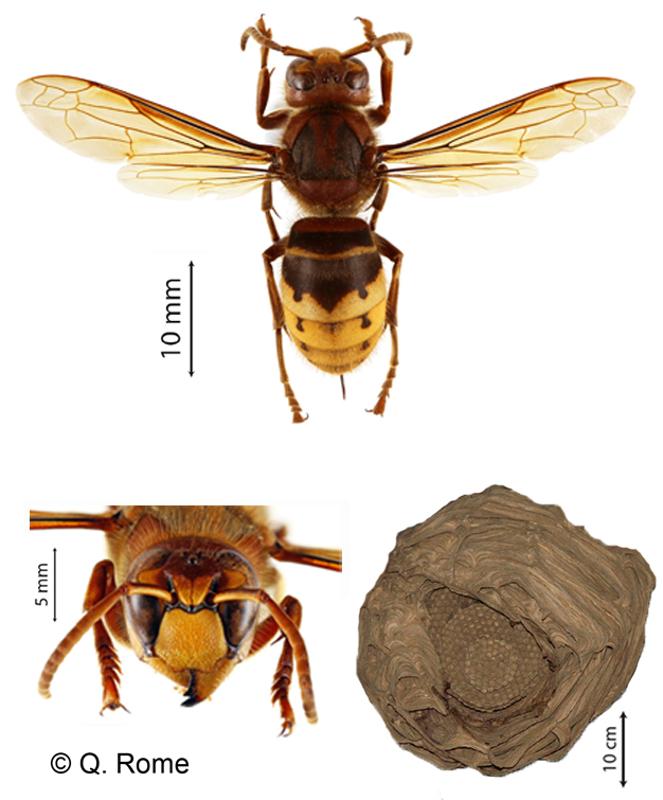
 |
To get the picture, please visit:
Quentin Rome
Muséum national d'Histoire naturelle
UMR7205 CNRS
Entomologie CP50 - Service Hymenoptera
45 rue Buffon 75005 Paris
courriel : rome@mnhn.fr
Legend: Vespa crabro et nid
Despite the Creative Commons license, please inform the author of the use which will be made of his photo

| Author : D. Gaudillier |
 |
To get the picture, please visit:
Dominique Gaudillier
email: inpn@mnhn.fr
Despite the Creative Commons license, please inform the author of the use which will be made of his photo
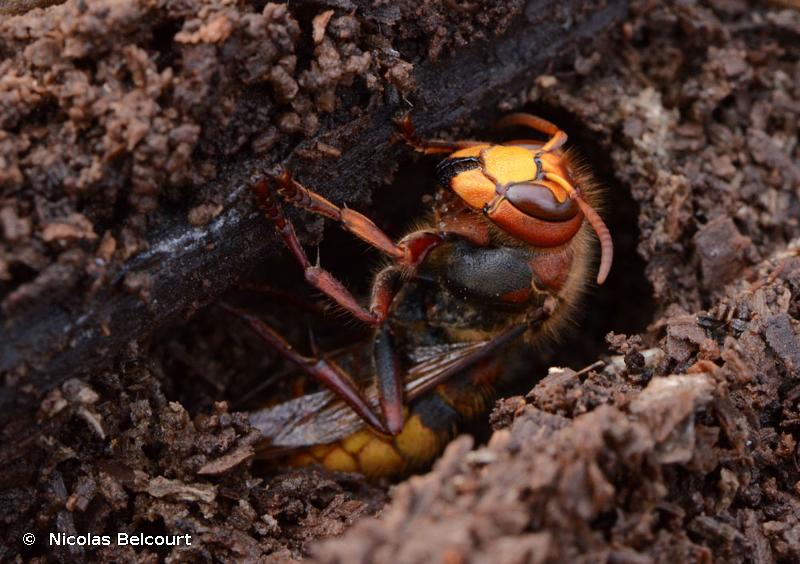
| Author : Nicolas Belcourt |
 |
To get the picture, please visit:
Nicolas Belcourt
http://www.nicolas-belcourt.photo
email : inpn@mnhn.fr
Despite the Creative Commons license, please inform the author of the use which will be made of his photo
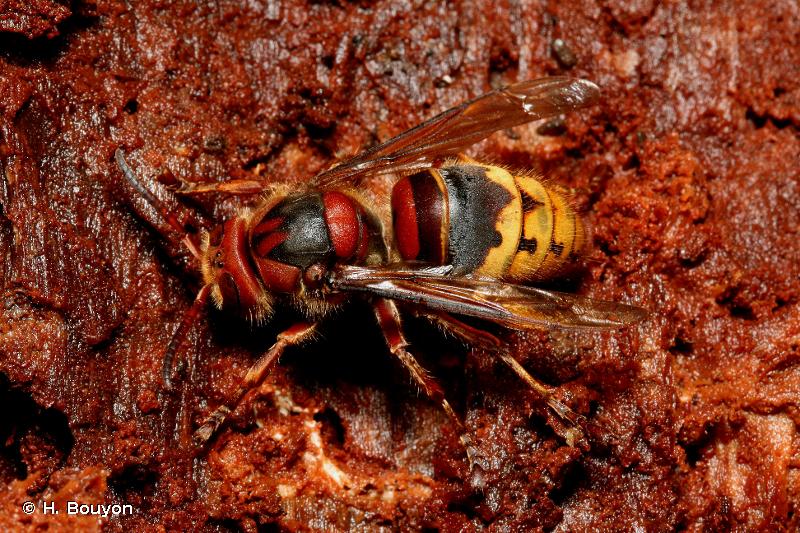
| Author : H. Bouyon |
 |
To get the picture, please visit:
Hervé BOUYON
email : herve.bouyon@wanadoo.fr
Any reuse of one or more photographs on this site is subject to an authorization request from the author.
Link to the Code of Intellectual Property (Legifrance)
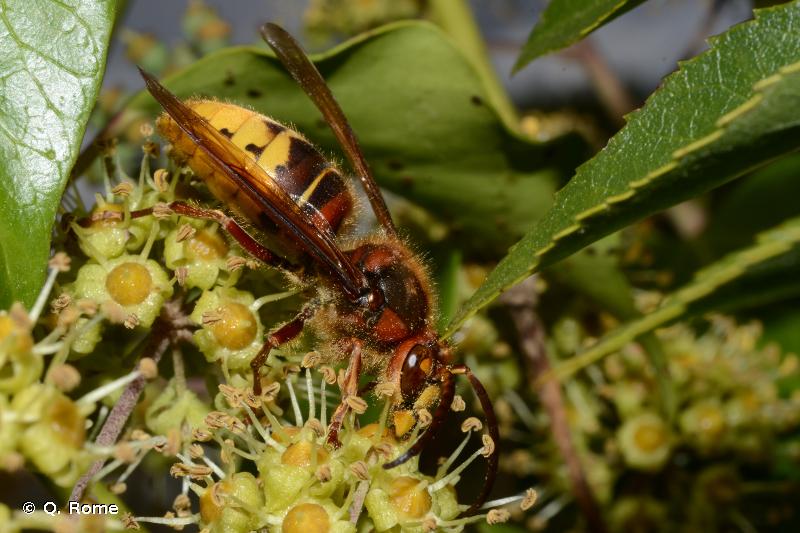
| Author : Q. Rome |
 |
To get the picture, please visit:
Quentin Rome
Muséum national d'Histoire naturelle
UMR7205 CNRS
Entomologie CP50 - Service Hymenoptera
45 rue Buffon 75005 Paris
courriel : rome@mnhn.fr
Despite the Creative Commons license, please inform the author of the use which will be made of his photo
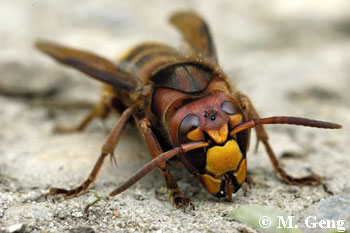
| Author : M. Geng |
 |
To get the picture, please visit:
Biotope
22, Boulevard Maréchal Foch
BP58
34140 Mèze
Any reuse of one or more photographs on this site is subject to an authorization request from the author.
Link to the Code of Intellectual Property (Legifrance)
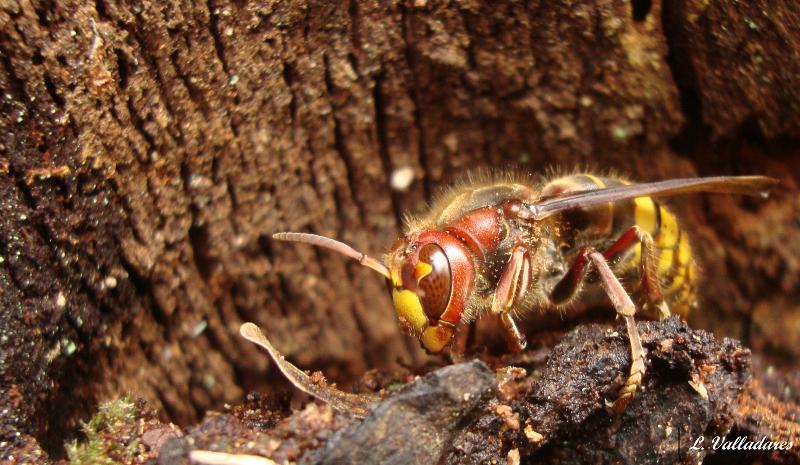
 |
To get the picture, please visit:
Lionel Valladares
Ecole d'ingénieurs de Purpan
email : inpn@mnhn.fr
Despite the Creative Commons license, please inform the author of the use which will be made of his photo
Taille/poids :
Longueur du corps : 18 à 23 mm (ouvrières) ; 25 à 35 mm (reines) ; 21 à 28 mm (mâles).
Diagnose :
Présence d'un rétrécissement (pétiole) entre le thorax et le gastre. Les ailes au repos sont pliées longitudinalement. La tête est jaune, son dessus est rouge. Le thorax noir avec des tâches rouge présente souvent un "V" rouge sur le dessus. L'abdomen est rayé de noir et de jaune, avec du rouge sur la partie antérieure du premier segment. Les pattes sont rouge aux extrémités.
Nid de couleur beige.
Détermination :
Simple.
Espèces proches :
Les autres guêpes sociales (Vespinae) ont des tempes (partie entre les yeux et le cou) moins larges. Seule la reine de la guêpe des buissons (Dolichovespula media) peut être confondue avec une ouvrière de ce frelon, mais sa tête est entièrement jaune, elle présente des lignes jaune sur le thorax, des tempes plus étroites et l'espace entre ses mandibules et ses yeux est plus grand.
Période d'observation :
Avril à octobre.
Biologie-éthologie :
Le cycle de vie est annuel. La jeune reine hiverne à l'abri des intempéries. Elle se réveille au printemps, recherche des liquides sucrés pour se nourrir, puis un emplacement où fonder son nid (arbre creux, intérieur d'un bâtiment, etc.). Elle élèvera ses premières larves en les nourrissant avec des proies (mouches, guêpes et abeilles surtout). À son apogée, le nid peut dépasser 60 cm de haut et contenir près de 1000 individus. Les individus sexués quittent le nid en fin d'été. Seules les futures reines passeront l'hiver.
Biogéographique et écologie :
Présente en Europe et Asie tempérée. Introduite volontairement en Amérique du Nord.
Préfère les milieux boisés clairs. Elle n'est pas agressive si son nid n'est pas menacé, mais elle peut incommoder parfois l'homme attirée par les lumières artificielles.
D'après :
Bellmann, H. 1999. Guide des abeilles, bourdons, guêpes et fourmis d'Europe: l'identification, le comportement, l'habitat. Delachaux et Niestlé, Lausanne-Paris. 336 pp.
Q. Rome(UMS 2006 Patrimoine Naturel (AFB / CNRS / MNHN)),2016
Continental
Metropolitan France
Overseas
Marine
Metropolitan France
Overseas
The map presents a summary at the 10 x 10 km grid of the observation data for the species transmitted to the SINP. These data have been subjected to validation filters.
The map presents a reference distribution layer of the species at the scale of departments and marine sectors. The presence and absence data were established by expertise within a network of partners. This reference distribution is used in the validation process of the SINP data at the INPN level.
Corresponds to a report on the basis of at least one observation proved within a period of 10 years (20 years for little-known invertebrates) preceding the year and no presumption of extinction since obtaining the last data nor doubt on reproductive and implemented nature of this population. For migratory species, the presence indicated concerns areas of reproduction.
This status is based on one or more of the following criteria:
This point covers the absence, more difficult by nature to demonstrate than presence. This status is based on one or more of the following criteria:
This status must be assigned to a department in which the presence of the species is casual.
Particular case of absence due to a proven extinction less than a half century ago (older disappearances are treated as "no probable or definite").
In the state of knowledge, we can not comment on the presence or absence in the current department. This is the default status when not comprised in one of the previous categories or whenever there is doubt.
The map shows the global distribution of the species based on GBIF data (Global Biodiversity Information Facility).
